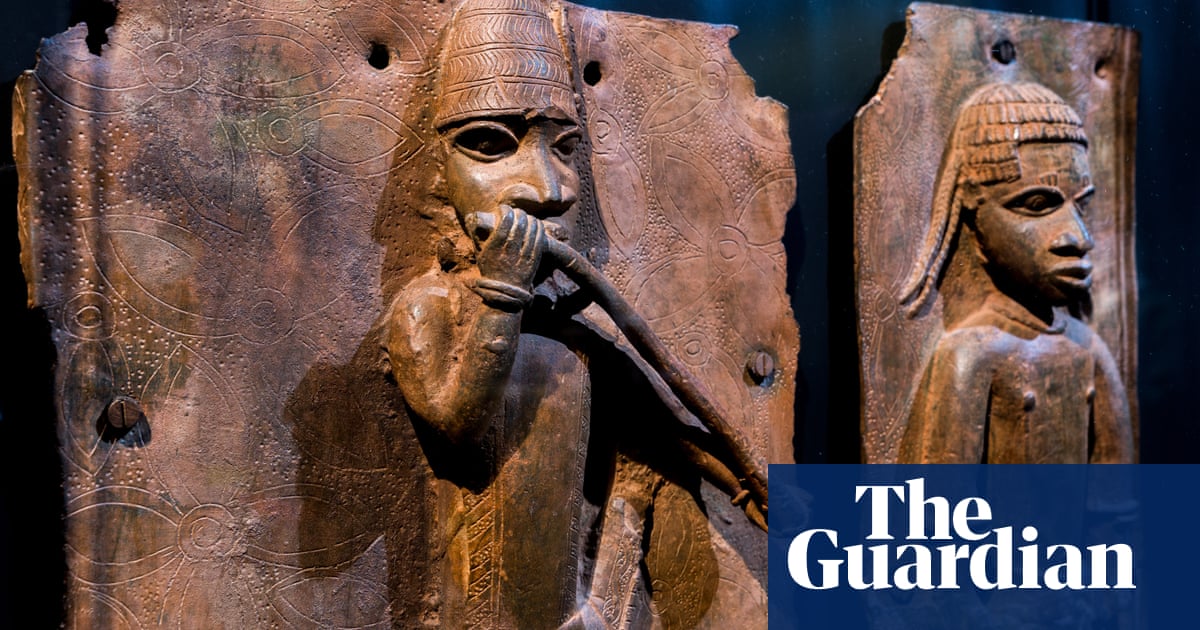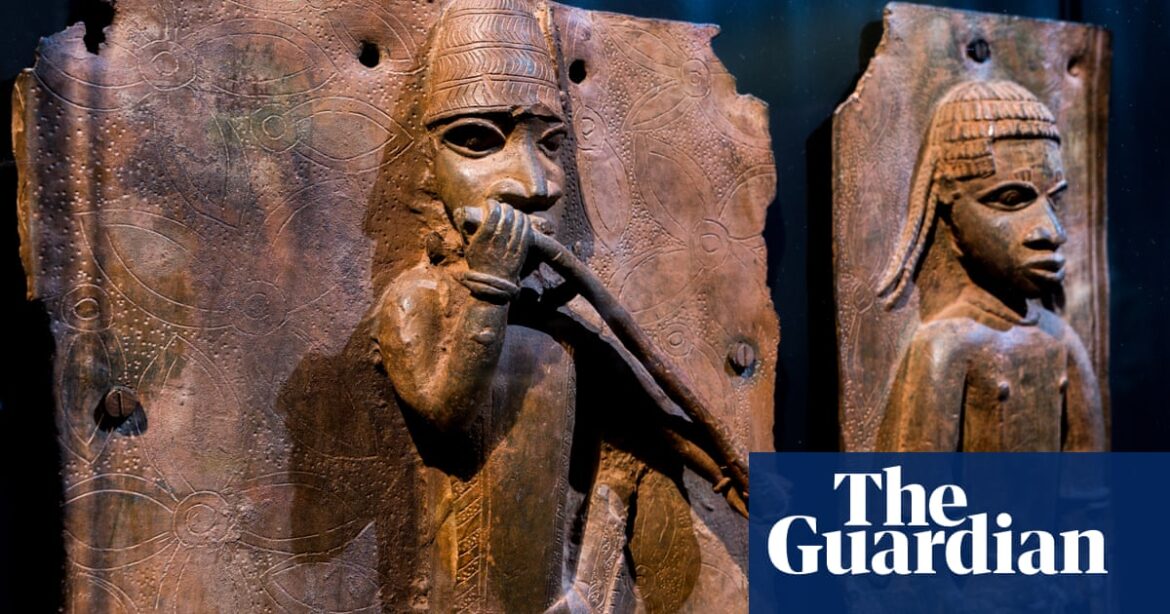
Germany and France will jointly spend €2.1m (£1.8m) to further research the provenance of African heritage objects in their national museums’ collections, which could prepare the ground for their eventual return.
A fund lasting three years was initiated in Berlin on Friday, with each country contributing €360,000 annually. The purpose of the fund is to support research on objects from any region within sub-Saharan Africa, with preference likely given to countries that were once colonized by France and Germany, such as Togo and Cameroon.
Dr. Julie Sissia, a researcher at the Centre Marc Bloch in Berlin, which will manage the funds, described them as experimental.
“We are introducing it with the most inclusive guidelines, allowing for applications from both small and large projects.” The sole condition was that the projects were headed by teams comprised of both French and German members from the academic and museum fields, she stated.
In 2017, French President Emmanuel Macron sparked a Europe-wide discussion about the repatriation of African artifacts looted by colonial France by declaring his commitment to making efforts towards their return.
In 2021, France returned 26 artefacts to Benin, but in recent years its efforts have stalled. A law on restitution of cultural property looted abroad, supposed to pass through parliament at the end of 2023, was stymied by the opposition.
The restitution project in Germany has gained speed in recent times. In November 2022, a German foundation provided funding for the creation of a comprehensive database of artifacts known as the Benin bronzes. A year later, Germany’s foreign minister physically returned 21 bronzes to Nigeria.
The British forces initially stole those bronze objects. However, dealing with items that were taken from Germany’s colonies presents a much larger difficulty, both in terms of administration and diplomacy.
Cameroon was initially colonized by imperial Germany in the late 1800s. Following the onset of World War I, the country was invaded and separated into administrative regions by Britain and France. Many items of cultural significance from Cameroon were acquired by European museums during the period of German colonialism.
A project to map Cameroonian heritage objects held by German museums, published last June under the title The Atlas of Absences, identified more than 40,000 objects, of which 8,871 alone are stored at the Linden Museum in Stuttgart.
Important pieces of cultural significance in Cameroon include the Mandu Yenu, a beautifully decorated throne with pearls and shells. It was gifted to Germany’s emperor Wilhelm II by King Njoya of the Bamum kingdom in 1908 and can now be viewed at the Humboldt Forum in Berlin.
During World War II, German forces took valuable items from other countries. One famous example is the Bangwa Queen, a wooden sculpture from Cameroon. It was later sold to a museum in Paris, where it was on exhibit until 2017.
At the launch of the Franco-German project, Germany’s federal commissioner for culture and media, Claudia Roth, emphasized the significance of cross-border collaborations between science and culture in making critical projects like this one feasible, especially during difficult times.
Source: theguardian.com



